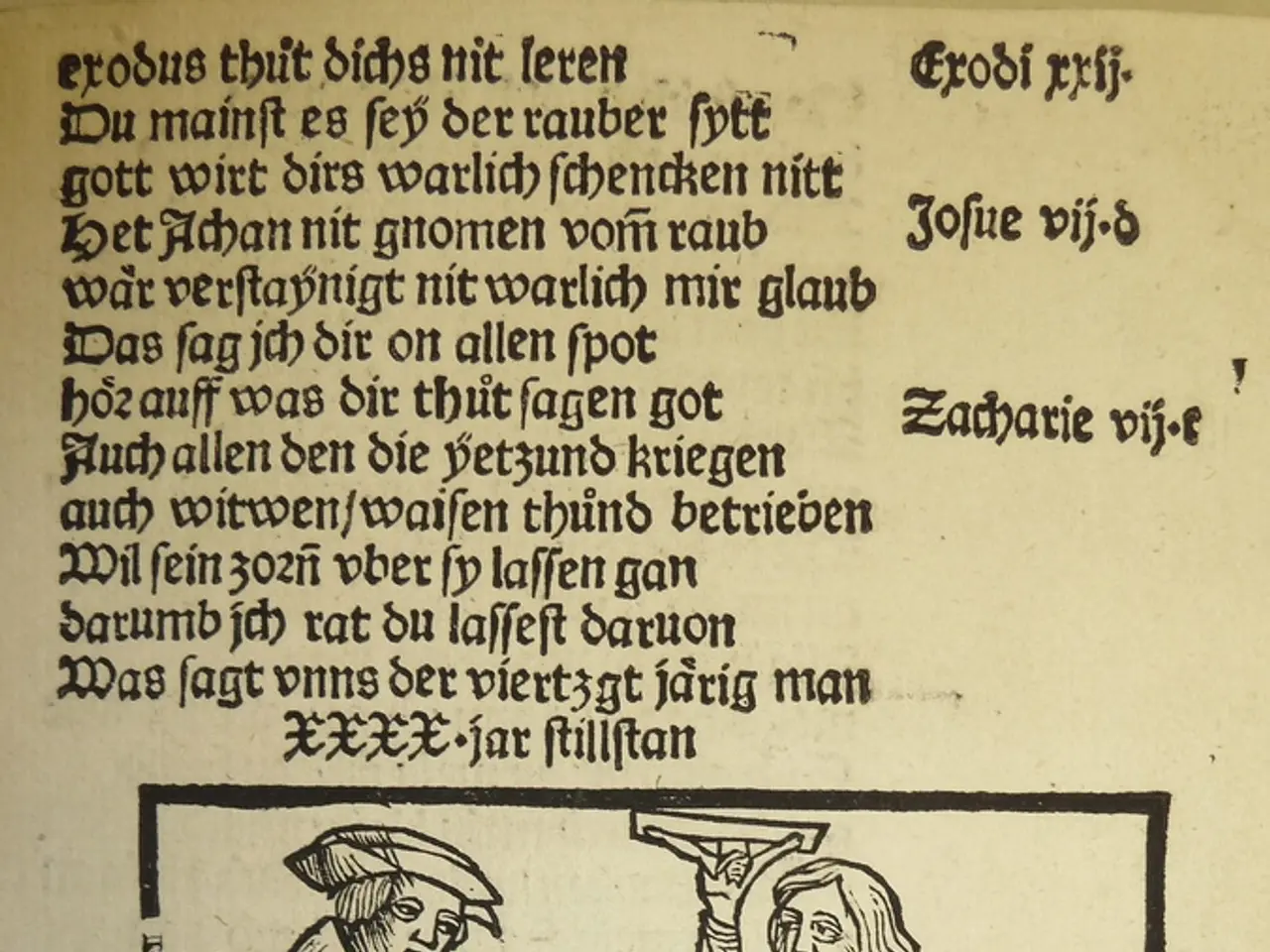Blend of Cultures in Colonized Communities: A Look at Cultural Syncretism
In the heart of cultural diversity, creolized societies serve as bridges that connect different cultures, allowing people to share stories, traditions, and ideas. Singapore, for instance, is a prime example of a creolized society, a melting pot of Chinese, Malay, Indian, and Western cultures.
Creolization, a process driven by cultural diffusion, leads to the creation of unique and dynamic identities. This process often occurs as a result of colonialism, migration, or forced displacement, such as the transatlantic slave trade.
In the context of religion, syncretism under creolization leads to the fusion of different belief systems, rituals, and deities, producing new religious practices that reflect the complex histories and experiences of the people involved. A striking example of this is Haitian Vodou, a religion that emerged from the blending of African spiritual practices with imposed Christianity. This syncretic religion helped preserve African beliefs under colonial oppression while adapting to the dominant Christian context.
Haitian Vodou vividly illustrates syncretism born of necessity. Enslaved West and Central Africans combined their traditional spiritual practices with Christianity, resulting in a religion that incorporates spirits (lwa) alongside Catholic saints. This syncretic religion has fostered religious innovation, cultural resilience, and complex identities that transcend singular origins.
The syncretic religious landscape of Haiti is not isolated. Indigenous beliefs, African traditions, and European Christianity coexist and intermingle in various societies, creating pluralistic spiritual practices. New identities emerge, often challenging rigid cultural or religious purity and promoting hybrid, mestizo consciousness.
This blending is reflected in literature, theology, and cultural expression. Haitian literature, for example, celebrates religious symbolism and spiritual resistance as part of the sacred cultural space.
Syncretism is not limited to religion. Creolized languages, such as Haitian Creole, Papiamento in the Caribbean, and Tok Pisin in Papua New Guinea, are examples of cultural diffusion in action. These languages blend elements from different original tongues, embodying the marriage of diverse cultures.
Moreover, hybridity extends beyond language and music. The steel drum, a musical instrument, embodies the marriage of African drumming with the melodic traditions of the Caribbean.
In conclusion, syncretism in creolization influences societies by fostering religious innovation, cultural resilience, and complex identities that transcend singular origins, significantly influencing both individual and collective understandings of the sacred and the spiritual across the world.
- The fusion of different belief systems, rituals, and deities, as seen in Haitian Vodou, exemplifies the role of syncretism in promoting personal growth and complex identities that transcend singular origins, drawing upon elements from various cultures.
- The emergence of creolized languages like Haitian Creole reflects the process of cultural diffusion, demonstrating the concept of lifestyle and education-and-self-development in action, as individuals adapt and evolve in response to social interaction and diversity.
- The practice of syncretism in religious customs, artistic expressions, and daily life showcases the interconnectedness and mutual influence among fashion-and-beauty, mindfulness, learning, and personal-growth in a diverse, global context.




